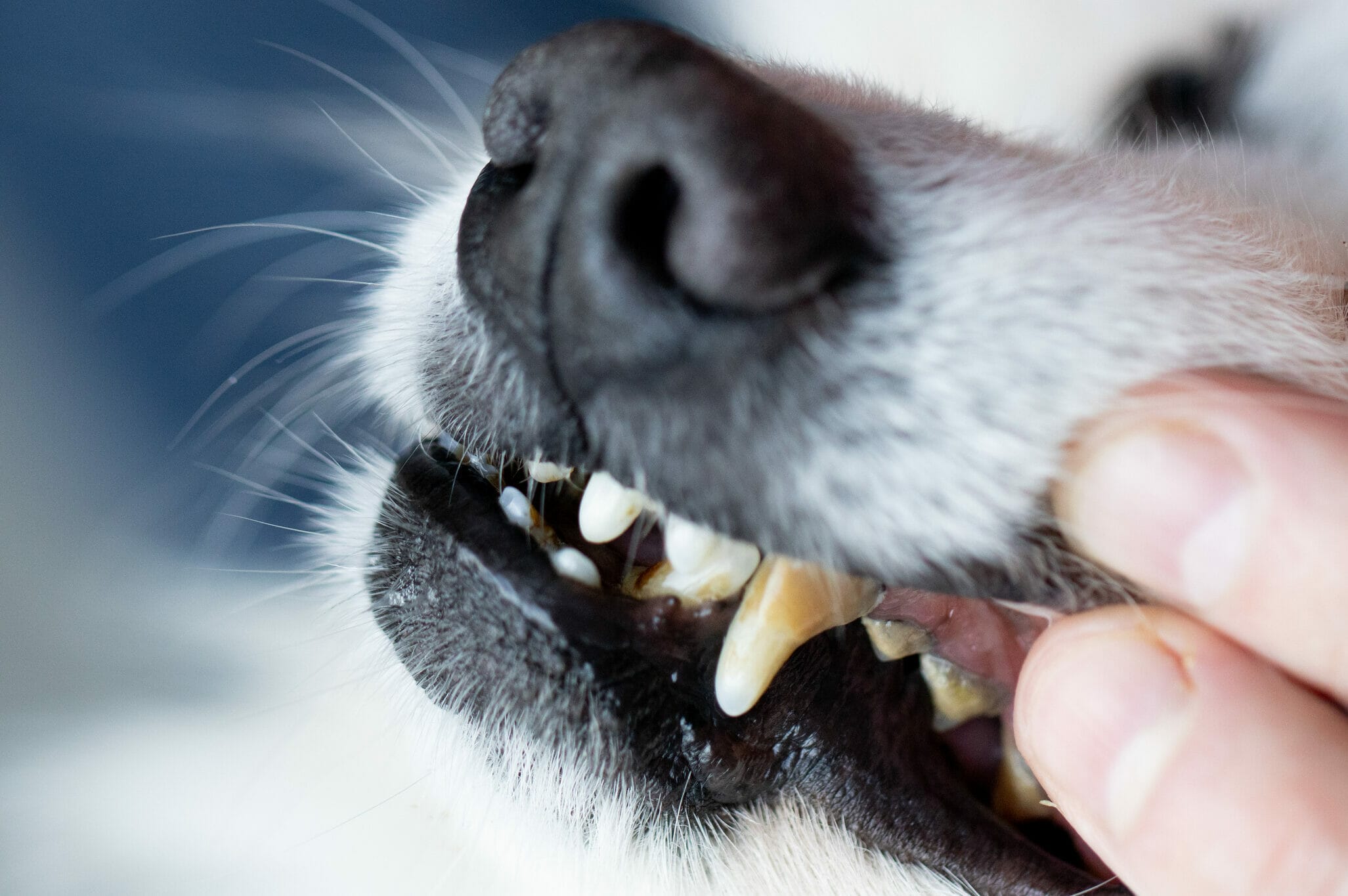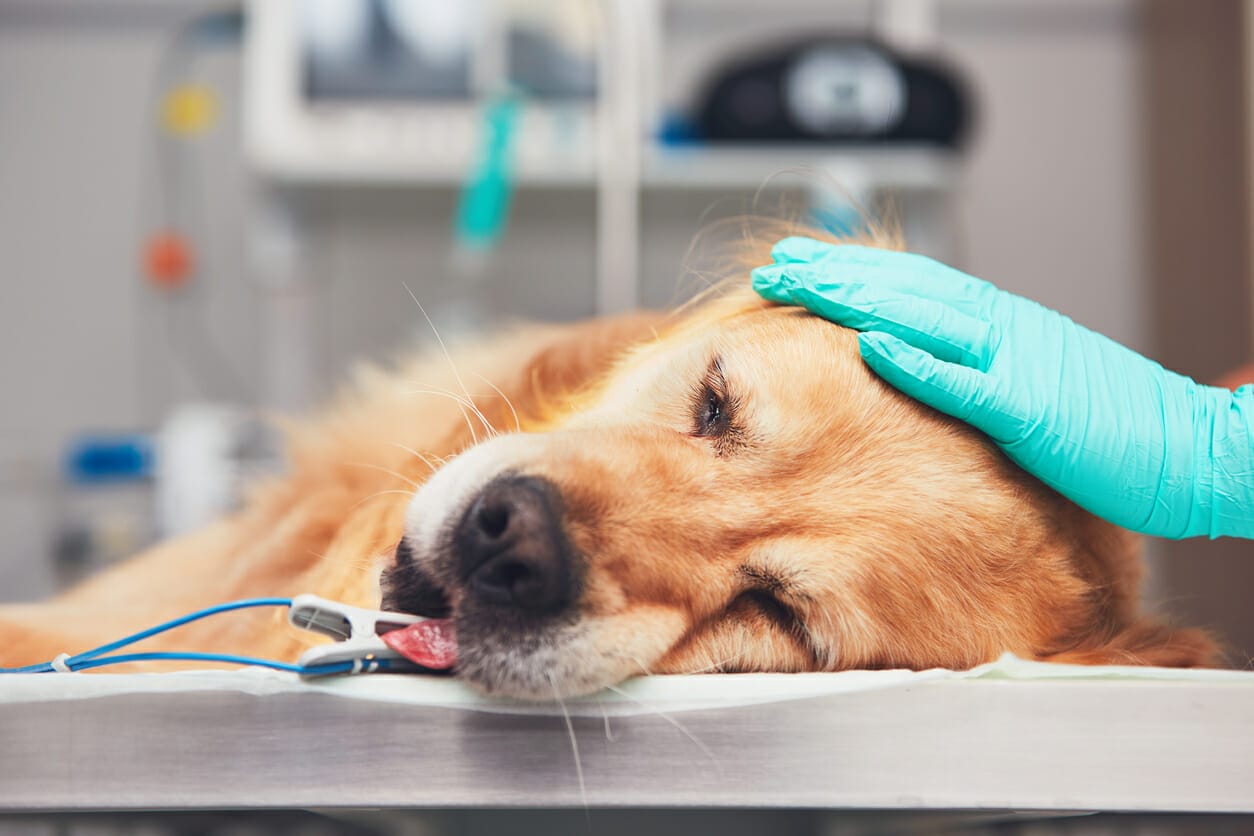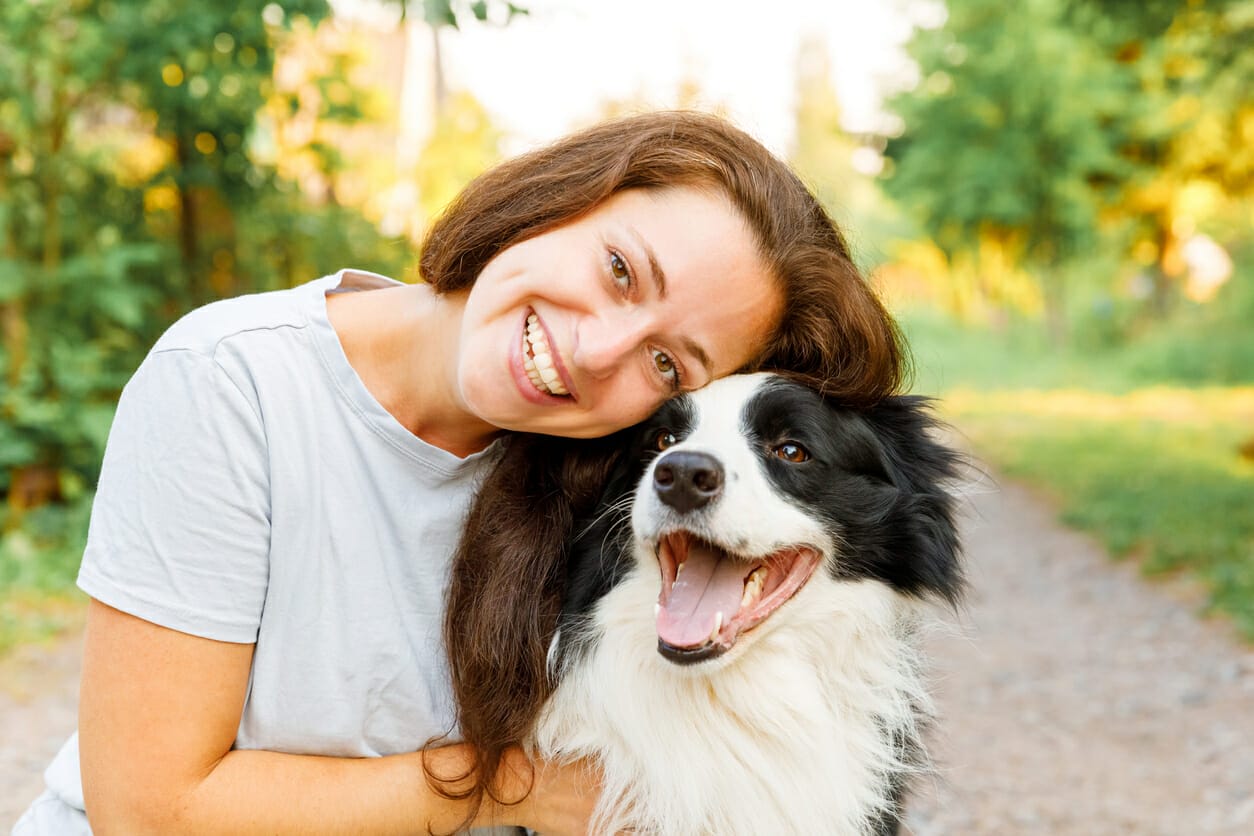How to brush a dog’s teeth that hates being brushed? (5+ Tips)
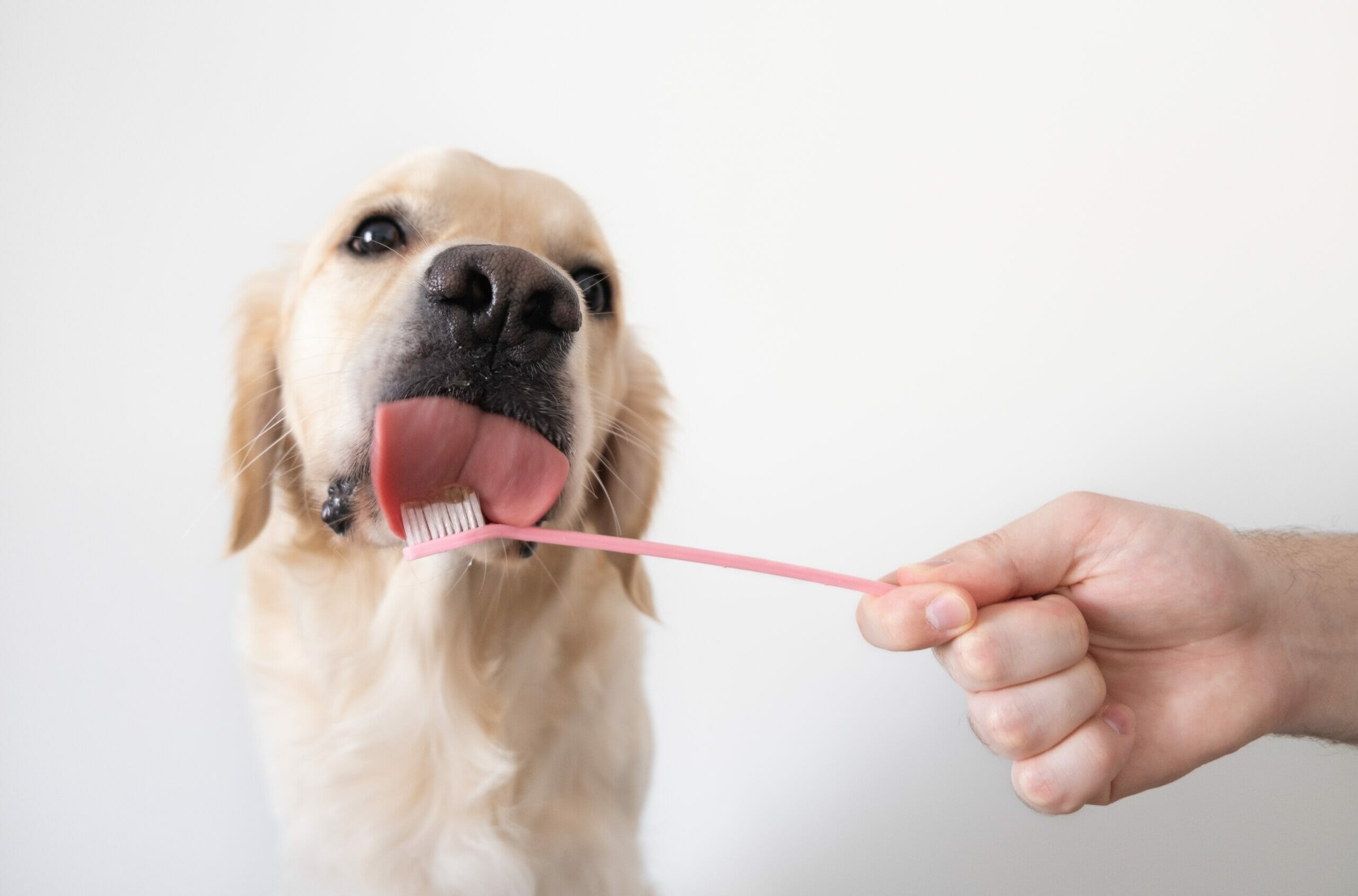
If you’re like most dog owners, you know that it’s important to brush your dog’s teeth regularly. However, if your dog hates getting his or her teeth brushed, it can be difficult to get the job done. In this blog post, we’ll share some tips for brushing a dog’s teeth that hates being brushed. Keep reading for more information!
Why do dogs hate their teeth being brushed?
First, it’s important to understand that most dogs hate having their teeth brushed because they’re not used to it. It’s a new sensation for them, and they may not understand what you’re trying to do. That’s why it’s so important to start slowly and give your dog plenty of time to get used to the idea of being brushed.
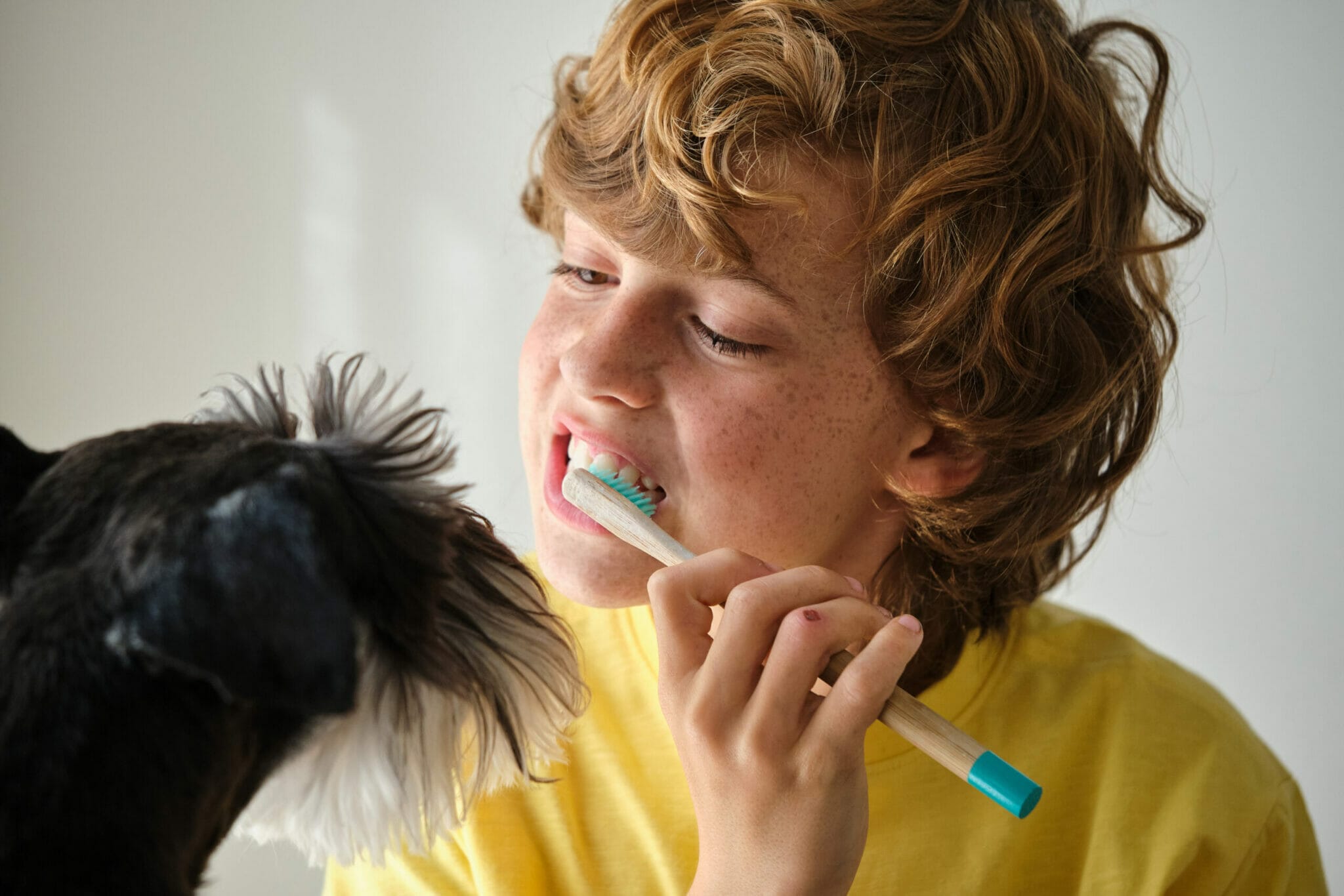
How to start brushing your dog’s teeth
If you’re starting from scratch, begin by slowly introducing your dog to the idea of having his or her teeth brushed. Let them sniff and lick the toothbrush, and praise them for being curious. Once they seem comfortable with the toothbrush, try gently rubbing their teeth and gums with your finger. If they tolerate this, you can graduate to using a toothbrush.
Be sure to use a toothbrush that’s designed for dogs, and start by brushing the front teeth. Work your way back as your dog gets used to the sensation. Be sure to praise them throughout the process, and give them plenty of breaks if they need them.
If your dog still hates being brushed…
There are a few things you can try if your dog just doesn’t seem to like having his or her teeth brushed:
1Try using a different type of toothbrush
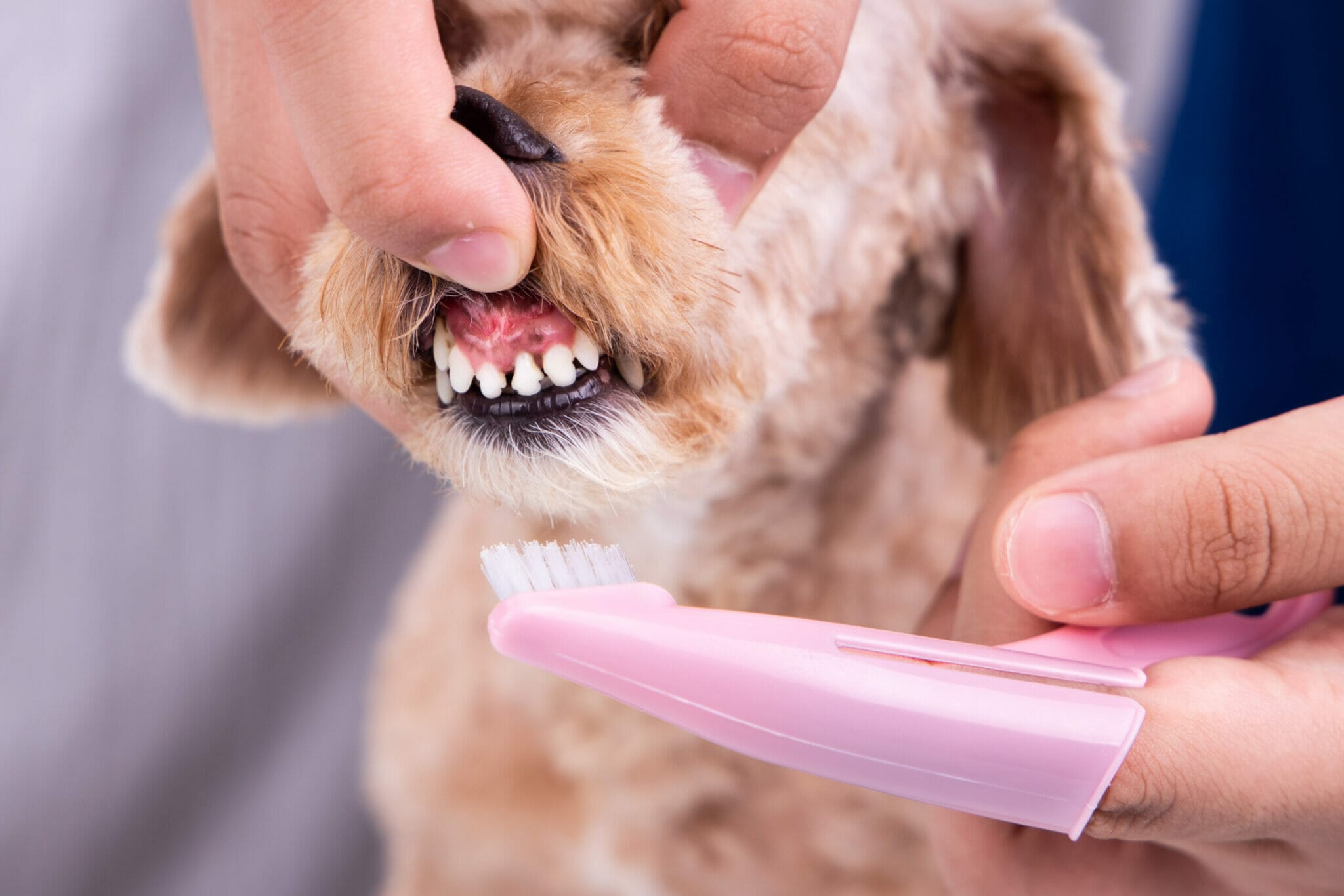
When it comes to brushing your dog’s teeth, you have a few options. You can use a traditional toothbrush, a finger brush, or a dog-specific toothbrush. Each has its own advantages and disadvantages.
A traditional toothbrush can be difficult to maneuver around your dog’s mouth, and the bristles may be too harsh for some dogs. A finger brush is more gentle, but it can be tricky to keep your fingers clean while you’re brushing. Dog-specific toothbrushes are designed to be easy to use and gentle on your dog’s teeth and gums.
They come in a variety of sizes and styles, so you’re sure to find one that your dog is comfortable with. Whichever type of toothbrush you choose, be sure to use gentle, circular motions when brushing.
2Add some flavor to the toothpaste

Most dogs don’t like the taste of toothpaste, so you may want to try adding a little flavor to it. There are a variety of dog-friendly toothpastes on the market that come in a variety of flavors, such as chicken, beef, and peanut butter. Adding a flavorful toothpaste to your dog’s brushing routine may make them more likely to tolerate it.
3Try using a water pik
If your dog really hates having his or her teeth brushed, you may want to try using a water pick. Water picks are handheld devices that shoot a stream of water at your dog’s teeth and gums. They’re gentle and effective, and they can help remove plaque and tartar from your dog’s teeth.
Although this can be an effective option, a water pik can be more expensive than a traditional toothbrush. You’ll also need to be careful not to get water in your dog’s nose or ears.
4Give them a dental chew
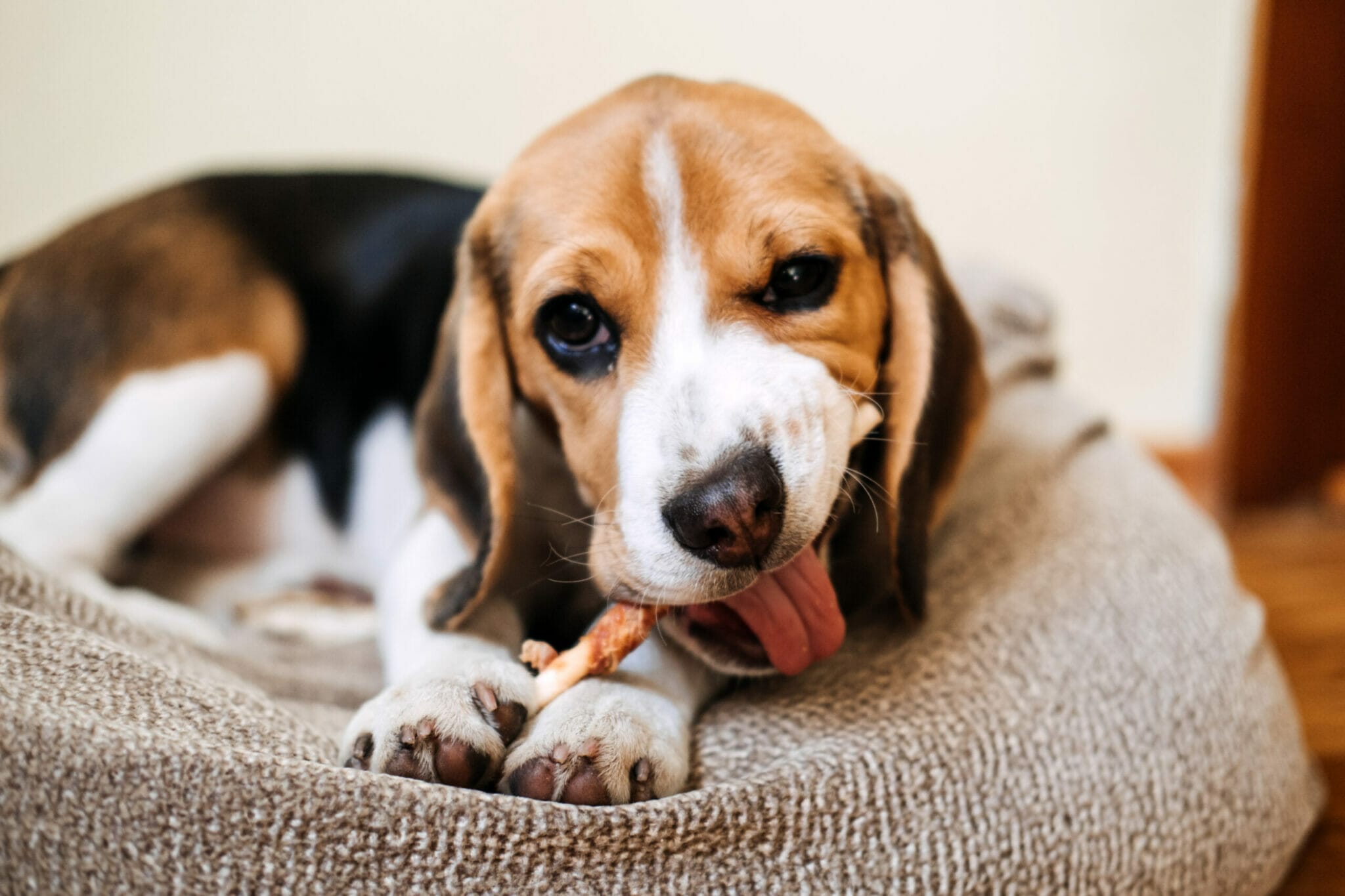
Dental chews are specially formulated to help clean teeth and freshen breath. They’re a great way to keep your dog’s teeth healthy, and they may be more willing to chew on a treat than sit still for a brushing.
Your dog most likely will love a dental chew over a toothbrush. However, a dental chew does not provide the same level of cleaning as brushing.
5Schedule a professional teeth cleaning

If your dog really hates having his or her teeth brushed, you may want to consider scheduling a professional teeth cleaning. This is a procedure that’s performed by a veterinarian, and it’s generally safe and effective.
A professional teeth cleaning can remove plaque and tartar from your dog’s teeth, and it’s a good option if your dog has sensitive teeth or gums. It’s also a good idea if you’re not sure how to properly brush your dog’s teeth.
Although a professional teeth cleaning is generally safe, it can be expensive. It’s also important to note that anesthesia is generally required for the procedure.
Why is it important to brush your dog’s teeth?
Brushing your dog’s teeth is important for their overall health. Just like humans, dogs can get cavities and gum disease. Regular brushing can help prevent these problems, and it’s also a good way to keep your dog’s breath fresh.
It’s also the best way to prevent plaque accumulation, which can lead to tartar buildup and gingivitis. If left untreated, these problems can become serious and even lead to tooth loss.
A study showed that brushing your dog’s teeth is 3 times more effective in controlling plaque compared to a dental diet. So, brushing your dog’s teeth is the best way to keep their teeth healthy and prevent these problems.
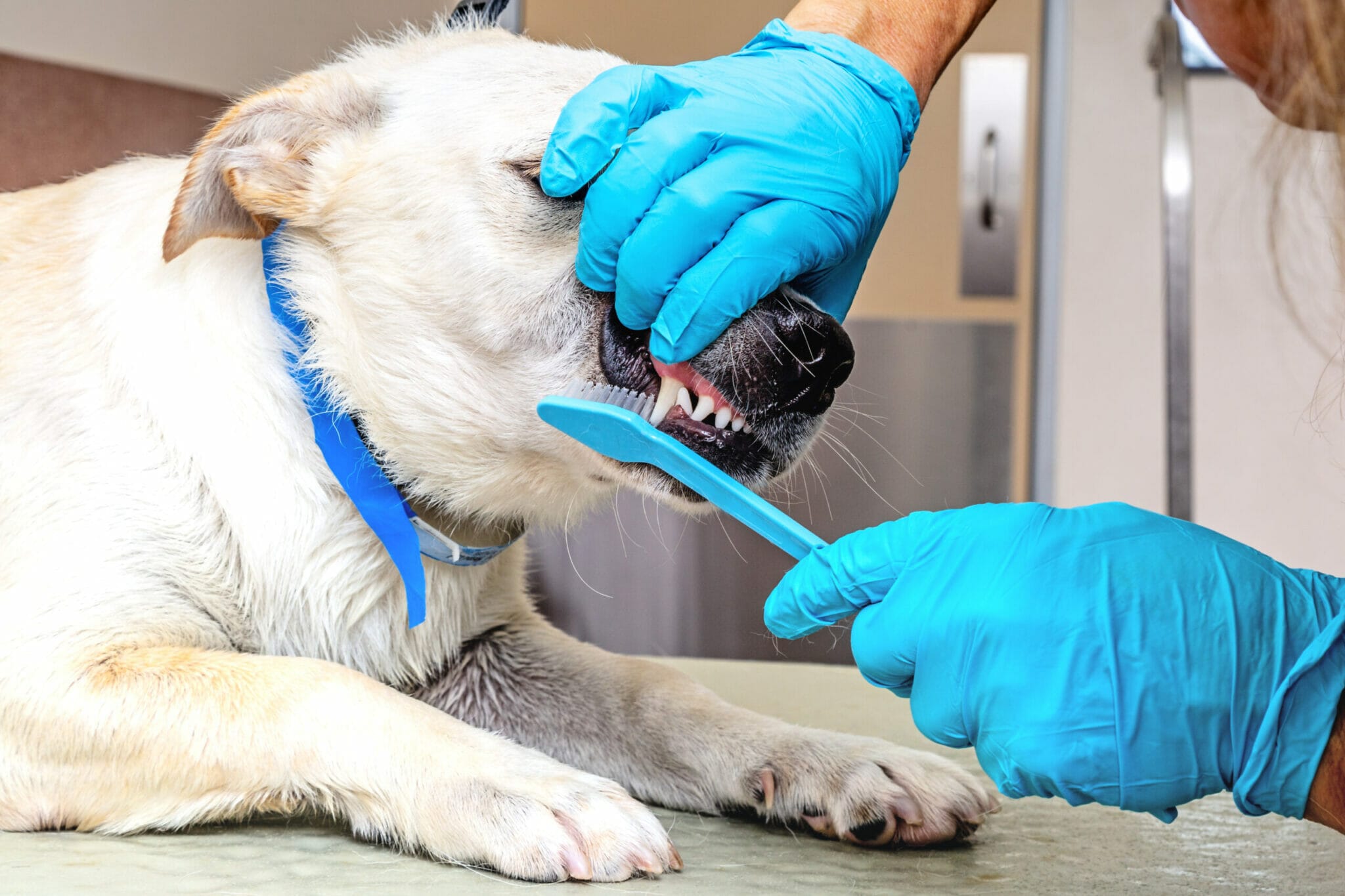
FAQ
When should you brush your dog's teeth?
You should brush your dog’s teeth at least once a week. However, if your dog has dental problems, you may need to brush more often. Be sure to check with your veterinarian for specific recommendations.
How do you know if you're doing it right?
If you’re unsure whether you’re brushing your dog’s teeth correctly, ask your veterinarian for a demonstration. They can show you the proper technique and help you get started.
What if my dog won't let me brush his teeth?
If your dog really hates having his teeth brushed, you may need to take him to the veterinarian for a professional cleaning. This is usually done under anesthesia, and it’s a good way to keep your dog’s teeth healthy.
Final thoughts – How to brush a dog’s teeth that hates being brushed
Brushing your dog’s teeth is important for their overall health, and it’s the best way to prevent plaque buildup and tartar accumulation. If your dog hates having his or her teeth brushed, there are a few things you can do to make the process easier.
The best way to introduce brushing is to start slowly and make it a positive experience. Be sure to use a toothbrush that’s designed for dogs, and use toothpaste that’s safe for them to consume. You may also want to try a water pik or dental chews if you have no success.
If your dog really hates having his teeth brushed, you can always schedule a professional cleaning.
Whatever you do, don’t give up! Brushing your dog’s teeth is important for their overall health, and it’s something that you can do to help them live a long and happy life.
